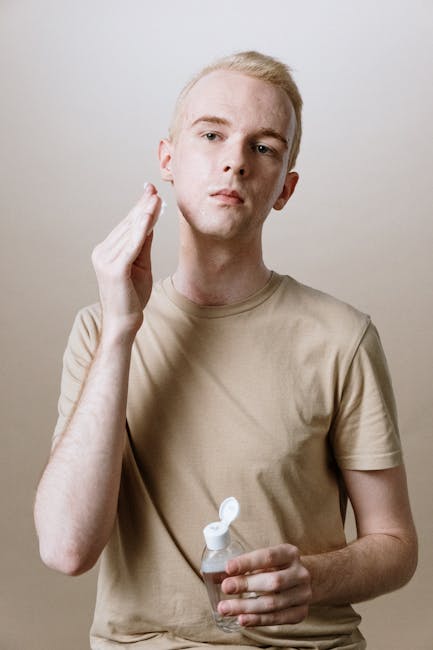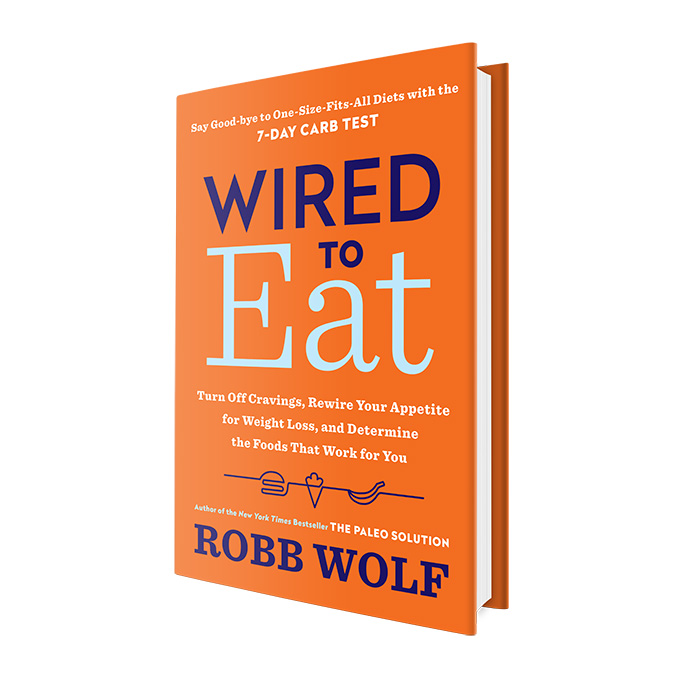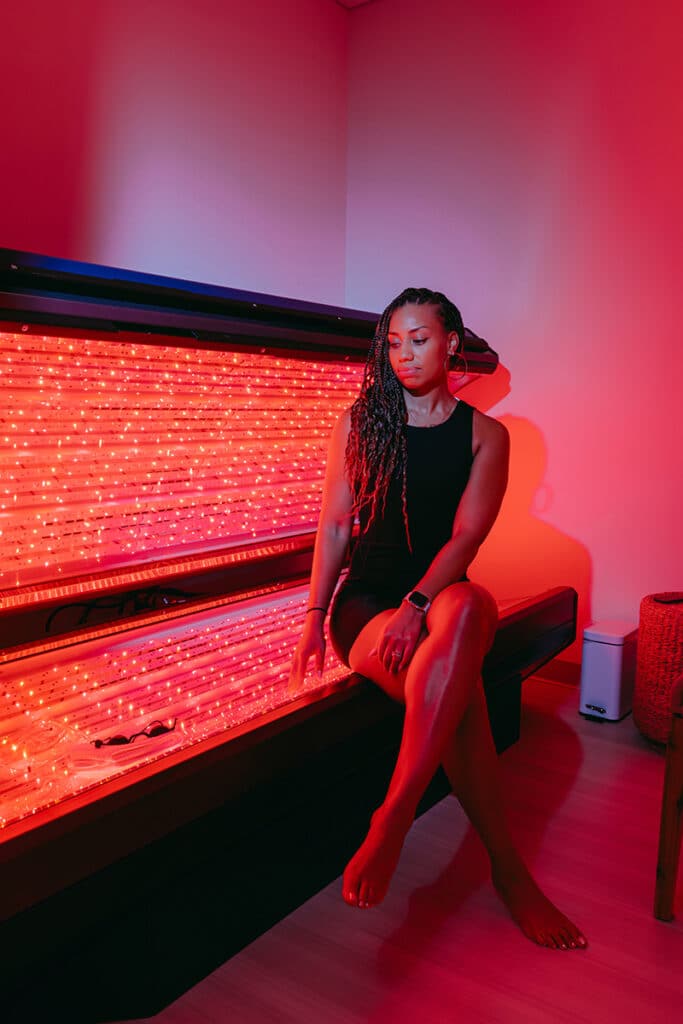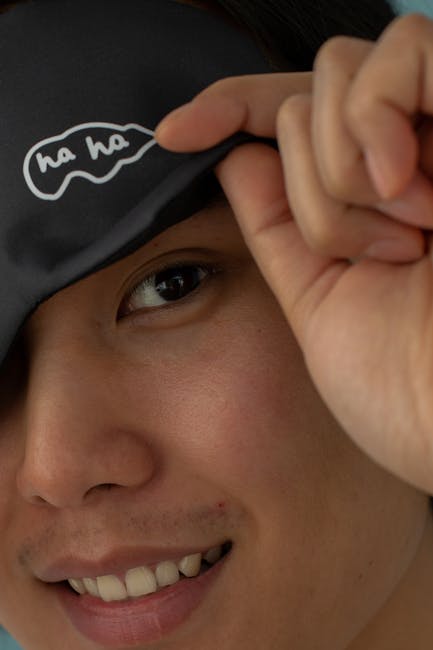Welcome to the world of red light therapy, where myths and misconceptions abound like a forest of tangled cables. In this article, we’ll be shining a bright (literally) light on the truth behind this seemingly magical treatment. So grab your poking stick and join us as we dive deep into the world of red light therapy, separating fact from fiction with all the finesse of a cat playing with a laser pointer.
Understanding the Science behind Red Light Therapy
Red light therapy, also known as photobiomodulation, is like Tinder for your cells. It’s an innovative treatment that uses low wavelengths of red light to stimulate healing and reduce inflammation. Imagine your cells swiping right on that red light, ready to party and repair themselves!
So how does this magical red light actually work its wonders? Well, it’s all about the mitochondria, the powerhouse of the cell (cue Beyoncé singing in the background). When exposed to red light, mitochondria produce more adenosine triphosphate (ATP), which is like the cell’s energy currency. More ATP means more fuel for your cells to carry out their functions effectively. It’s like giving them a shot of espresso to kickstart their day!
But wait, there’s more! Red light therapy also increases blood flow and promotes collagen production. It’s like giving your skin a VIP treatment at a fancy spa. So, whether you’re seeking relief from pain, looking to improve your skin’s elasticity, or just want to boost your overall cellular function, red light therapy might just be the key to unlocking your body’s full potential. Swipe right on that red light and let the healing begin!
Potential Benefits for Skin Health and Anti-Aging
Who doesn’t love the idea of having glowing, youthful skin that defies the hands of time? Luckily, incorporating certain habits and products into your skincare routine can help you achieve just that!
One potential benefit for skin health and anti-aging is the use of antioxidants. These powerful substances help fight off free radicals that can cause premature aging and damage to the skin. By including antioxidant-rich foods in your diet or using skincare products containing antioxidants, you can help protect your skin from environmental stressors and maintain a youthful appearance.
Another way to promote skin health and anti-aging is through hydration. Keeping your skin well-hydrated not only helps maintain its elasticity and firmness but also aids in the natural process of cell turnover. Drinking plenty of water and using hydrating skincare products can help plump up your skin and reduce the appearance of fine lines and wrinkles.
Lastly, incorporating sun protection into your daily routine is crucial for maintaining healthy, youthful skin. UV rays can accelerate the aging process and lead to damage such as wrinkles, dark spots, and sagging skin. By applying sunscreen with at least SPF 30 every day, wearing protective clothing and accessories, and seeking shade during peak sun hours, you can help prevent premature aging and keep your skin looking fresh and youthful.

Dispelling Common Myths and Misconceptions
Let’s dive right into debunking some of the most outrageous myths and misconceptions out there!
First up, **myth**: eating carrots will improve your eyesight. Sorry to burst your bubble, but carrots won’t give you superhuman vision. While they are a healthy snack, they won’t magically transform your peepers into laser beams. So feel free to snack on them, just don’t expect to start seeing through walls anytime soon.
Next on the chopping block, the **misconception** that you swallow 8 spiders a year while you sleep. Yikes! Thankfully, this is just an urban legend that has been circulating for far too long. Rest easy knowing that the chance of a spider deciding to crawl into your mouth while you snooze is slim to none. Sweet dreams!
Lastly, let’s address the idea that **you only use 10% of your brain**. Sorry, but unless you’re actually a brain-dead zombie, you are using all of that gray matter. Your brain is a complex organ that is constantly working, even when you’re just sitting on the couch binge-watching your favorite show. So go ahead, give your brain a pat on the back for all of its hard work!

Exploring the Role of Red Light Therapy in Pain Management
When it comes to pain management, we’ve tried it all – from ice packs to acupuncture, but have you heard about the magical powers of red light therapy? This cutting-edge treatment uses specific wavelengths of red light to penetrate the skin and stimulate the body’s natural healing processes.
So how exactly does red light therapy work its pain-relieving magic? Well, it’s all about increasing blood flow and reducing inflammation in the affected area. This can help alleviate pain from injuries, muscle soreness, arthritis, and even headaches! Plus, it can boost your mood and energy levels – it’s like your own personal little ray of sunshine in a box!
But wait, there’s more! Red light therapy isn’t just for humans – our furry friends can benefit from it too! That’s right, your grumpy old cat or creaky dog can also enjoy the soothing effects of red light therapy. Just imagine your pooch basking in the warm glow of the red light, feeling as good as new!
So next time you’re feeling aches and pains, don’t reach for that bottle of pills – give red light therapy a try! It’s safe, non-invasive, and might just be the pain management solution you’ve been looking for. Who knew that a little red light could pack such a powerful punch?

Safety Considerations and Best Practices for Red Light Therapy
Before you bask in the warm glow of red light therapy, it’s important to consider a few safety precautions and best practices to ensure you get the most out of your session without any unwanted side effects.
Keep these tips in mind:
- Always wear protective goggles to shield your eyes from the bright red light. We want you to see the benefits of therapy, not see spots for days!
- Start with shorter sessions and gradually increase the exposure time to allow your skin to acclimate. We don’t want you looking like a lobster after your first session!
- Avoid using red light therapy if you have sensitive skin, a history of skin cancer, or are pregnant. Safety first, folks!
Remember, like with any beauty treatment, consistency is key. Make a schedule and stick to it to see the best results from your red light therapy. And if you have any concerns or questions, don’t hesitate to consult with a professional before diving headfirst into the world of red light therapy.
Comparing Red Light Therapy to Other Light-Based Treatments
So, you’re torn between getting red light therapy or trying out other light-based treatments? Let’s break it down:
The first contender is LED light therapy. It’s like the younger sibling of red light therapy, but don’t underestimate it. LED lights have their own set of benefits, like reducing inflammation and acne. Plus, they come in all the colors of the rainbow, making your light therapy session feel like a disco party for your skin.
Next up, we have laser therapy. This treatment is like the overachieving sibling who always gets straight A’s. Laser therapy is powerful and precise, targeting specific skin concerns with laser-like focus (pun intended). However, it can be a bit harsh on the skin, like that one teacher who always gives pop quizzes.
Last but not least, we have ultraviolet light therapy. Think of it as the rebellious cousin of red light therapy. While UV light therapy can be effective for certain skin conditions, it can also be risky if not done properly. It’s like playing with fire – literally. So, if you want a safer alternative with less risk of getting burned, **red light therapy** may be your best bet!
FAQs
What exactly is red light therapy and how does it work?
Red light therapy is like throwing a party for your cells. The red light penetrates your skin and gets those cells dancing, boosting their energy production and helping them work their magic.
Is red light therapy just a fad, or is there science to back it up?
Oh, there’s definitely some science here. Studies have shown that red light therapy can help with things like reducing inflammation, improving skin tone, and even easing pain.
What are some common misconceptions about red light therapy?
One big myth is that red light therapy is just some woo-woo pseudoscience. But the truth is, it’s been studied and proven to have some real benefits. Another misconception is that you have to sit under a fancy light for hours on end to see results. In reality, just a few minutes a day can make a big difference.
Are there any risks or side effects to red light therapy?
Well, if you’re a vampire, you might want to steer clear. But for us mere mortals, the risks are pretty minimal. Just make sure to protect your peepers with some goggles, and you should be good to glow.
How can I incorporate red light therapy into my daily routine?
Easy peasy! You can invest in a red light therapy device to use at home, or you can visit a spa that offers red light therapy sessions. Just make it a part of your daily skincare routine, and you’ll be shining bright in no time.
—
The Last Ray of Truth
And there you have it, folks! We’ve shed some light on the myths and truths surrounding red light therapy. Remember, just because it sounds too good to be true doesn’t mean it’s a load of baloney. So next time you’re feeling the glow of skepticism, remember to separate fact from fiction and let the red light guide you to the truth!

